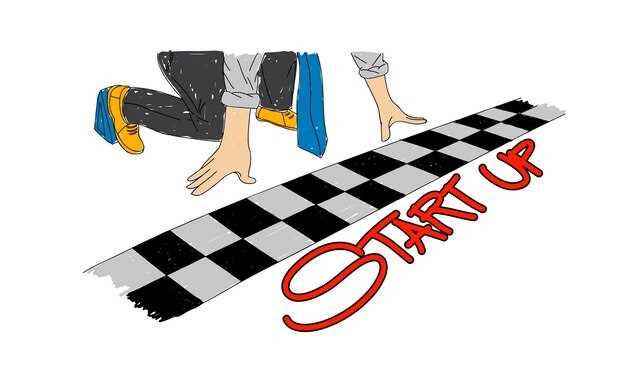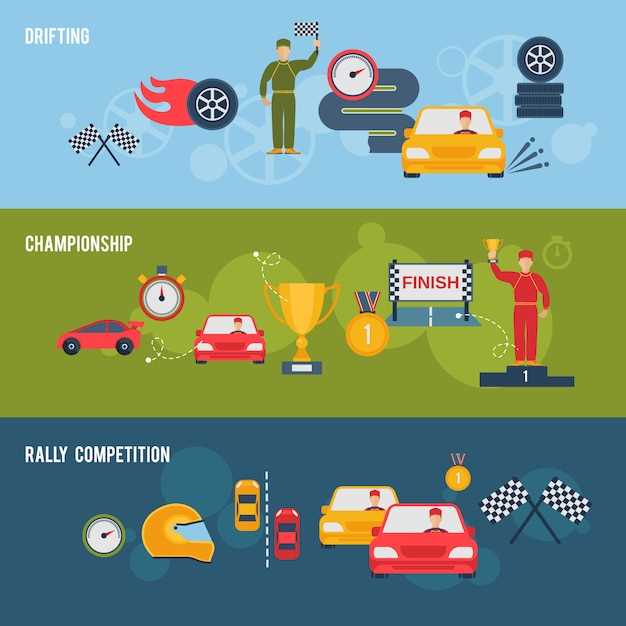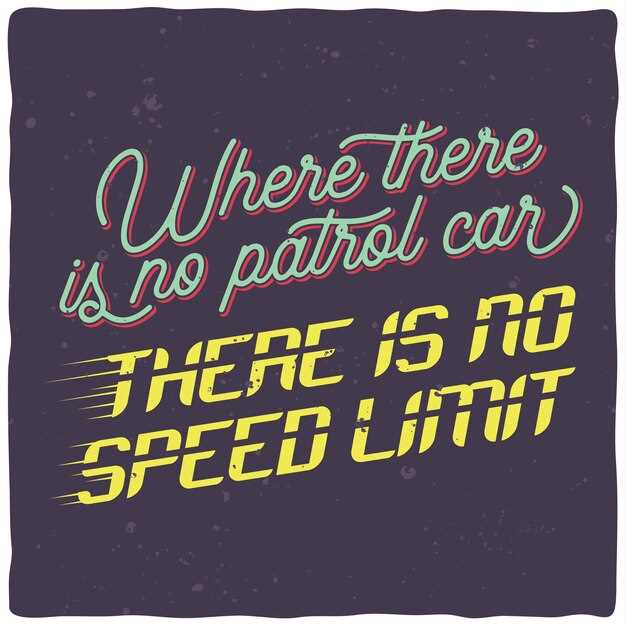
Vintage racing is a thrilling sport that celebrates the beauty and engineering of classic automobiles. However, to fully appreciate and participate in this exciting field, one must understand the intricate rules and regulations that govern it. These regulations ensure fair competition, safety, and the preservation of the history and authenticity of the cars involved.
Each vintage racing event may have its own set of guidelines tailored to specific classes of vehicles, but certain fundamental aspects remain consistent across the board. Participants must familiarize themselves with the age classifications, safety equipment requirements, and eligibility criteria for their classic vehicles. Understanding these rules is crucial, as they not only dictate the competitive landscape but also enhance the overall experience of the racing community.
Moreover, compliance with racing regulations fosters a spirit of camaraderie among competitors, as everyone is held to the same high standards. By delving into the nuances of vintage racing rules, enthusiasts can ensure that they not only honor the past but also contribute to the vibrant future of this captivating automotive sport.
Key Technical Specifications for Vintage Race Cars

Vintage race cars are cherished for their classic designs and historical significance, and understanding their technical specifications is crucial for participating in various competitions. Each vintage racing organization enforces a unique set of rules to ensure safety and maintain the spirit of the era.
Engine Requirements: Most vintage racing rules stipulate that cars must utilize original engines or period-correct alternatives. Engine capacities, types, and modifications are often tightly regulated to preserve authenticity. For example, a classic sports car may be limited to a specific displacement range to ensure fair competition among similar vehicles.
Weight and Balance: Specifications often include strict weight limits for vintage race cars, often defined by their engine size and type. Additionally, weight distribution must conform to historical standards, ensuring that the cars handle similarly to how they did in their original racing conditions. This balance directly impacts performance and safety during races.
Suspension and Brakes: Vintage cars are also required to retain original or period-correct suspension systems and braking components. These components must fit within predefined regulations that prioritize safety while reflecting the technological limitations of the period. Upgrades are generally limited to specific parts to maintain a classic feel.
Tires: The choice of tires is another critical specification. Vintage racing rules often dictate the size and type of tires allowed, affecting grip and handling. Competitors may be required to use tires that are reflective of the car’s era, ensuring that the performance matches historical standards while still adhering to safety requirements.
Safety Equipment: While vintage cars may reflect older engineering practices, safety remains paramount. Rules often necessitate modern safety enhancements such as roll cages, safety harnesses, and fire suppression systems, and these must be installed in accordance with the guidelines set forth by racing authorities.
The key technical specifications for vintage race cars are designed not only to preserve the charm of classic automotive engineering but also to promote fair and safe racing practices. Adhering to these rules ensures that enthusiasts can enjoy the thrill of competition while honoring the heritage of vintage motorsport.
Safety Standards and Equipment Requirements in Classic Competitions

In classic racing competitions, adhering to safety standards is paramount to ensure the well-being of participants and officials. Various organizations establish comprehensive rules governing the structural integrity of vehicles, driver safety, and on-track conduct. These regulations play a critical role in preserving the spirit of vintage racing while promoting a safe environment.
Vehicle safety requirements often include specifications for roll cages, seat belts, and harnesses. Classic cars must be equipped with a complete roll cage to protect drivers in the event of a rollover. Properly installed multi-point seat belts are mandatory, ensuring that the driver remains securely in place during high-speed maneuvers and collisions.
In addition to the vehicle itself, protective gear worn by drivers is subject to rigorous standards. This includes fire-resistant suits, gloves, and helmets that meet specific safety certifications. These items are crucial for minimizing injuries in case of fire or impact, reflecting the serious commitment to driver safety in classic competitions.
A comprehensive safety plan during competitions mandates thorough pre-race inspections and ongoing monitoring throughout the event. Officials frequently verify compliance with the rules to ensure all equipment, from racing suits to on-track medical provisions, meets established safety benchmarks. This not only enhances the protection for drivers but also reinforces the integrity of the classic racing community.
Ultimately, the essence of safety in classic racing lies in the balance of preserving vintage vehicles and ensuring that all competitors can enjoy the thrill of the race without compromising their safety. Adherence to strict safety standards and equipment requirements is a testament to the responsible stewardship of the sport’s legacy.
Eligibility Criteria for Participants and Vehicles in Vintage Racing
Vintage racing celebrates classic automobiles and the nostalgia of motorsport from bygone eras. To ensure authenticity and maintain the integrity of the competition, specific eligibility criteria are established for both participants and their vehicles.
For vehicles, they must typically be manufactured before a certain year, often set in the late 1970s or earlier, depending on the racing organization. The models must represent the automotive technology and design of their time. Vehicles should comply with original specifications, including engine type, body style, and mechanical components. Any modifications allowed must closely resemble those that were permissible during the vehicle’s production period.
Participants must possess appropriate racing licenses, demonstrating their capability and knowledge of the rules governing vintage racing. Age restrictions may apply, often requiring drivers to be a minimum of 18 years old. Experience in motorsport can be an essential factor, as it ensures participants understand both driving dynamics and safety protocols within the racing environment.
Furthermore, all participants are expected to adhere to specific safety regulations, which may include wearing appropriate racing gear, such as helmets, gloves, and suits that meet contemporary safety standards. Vehicles must also pass a technical inspection prior to races to confirm their compliance with established vintage racing rules.
By meeting these criteria, participants and their classic vehicles can compete in a manner that honors the spirit of vintage racing while ensuring a fair and safe environment for all involved.

